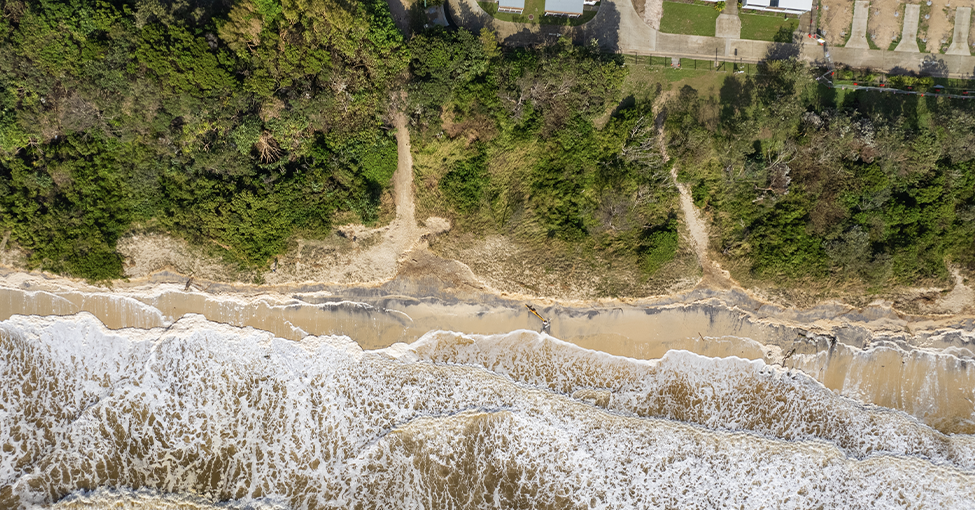The Devastating Impact
Cyclone Alfred tore through a 500 km stretch of Queensland and the Northern Territory in early March, leaving a trail of destruction in its wake. The powerful storm cut power to over 240,000 properties and caused extensive damage to homes, commercial buildings, and critical infrastructure.
The Insurance Council of Australia (ICA) quickly declared an insurance catastrophe, with thousands of claims already submitted. According to the council, approximately 70,000 insurance claims are expected from this single event.
Economic Fallout Across Industries
The cyclone’s economic impact extends far beyond immediate property damage, affecting businesses across numerous sectors. From cafés and corner shops to warehouses and trade depots, operations have been severely disrupted.
The Queensland Government estimates a staggering $1.2 billion hit to the state’s economy, with the Cyclone Reinsurance Pool expected to pay out a further $1.7 billion. In human terms, approximately 12 million hours of work were lost due to the cyclone.
Tourism operators faced mass cancellations ahead of the crucial Easter period, while agricultural supply chains suffered significant disruptions. Even businesses not directly in the cyclone’s path experienced ripple effects through supply chain disruptions, with reports of thousands of dead fish in rivers highlighting the environmental impact.
Insurance Gaps Exposed
In the aftermath, many property owners and businesses are discovering critical gaps in their insurance coverage:
- Flood vs. Storm Coverage: While home insurance typically includes storm damage, flood protection is often optional and easily overlooked
- Exclusion Clauses: Policies frequently exclude storm surge or water ingress, both common in cyclonic events
- Business Interruption Limitations: Even with business interruption cover, policies may not protect against outages caused by damaged infrastructure if your site wasn’t directly affected
- Underinsurance Reality: The ICA reports that many SMEs don’t realise their coverage won’t stretch to full rebuild or replacement costs
Critical Steps for Recovery and Future Protection
As clean-up continues, prioritise these actions:
- Lodge claims quickly: Time matters—late claims can be delayed or rejected
- Document everything: Take photos, keep receipts, and create detailed inventories
- Review your policy: Look specifically for exclusions related to floods and storm surges
- Check landlord responsibilities: For leased premises, confirm coverage obligations
- Explore government support: Disaster payments and grants may be available
- Build resilience: Consider generators, digital backups, and other protective measures
Climate Change and Insurance Implications
As climate events intensify and sea temperatures rise, the insurance landscape is shifting dramatically. Three in five Australians affected by recent floods discovered their policies excluded common disaster scenarios.
Rising premiums and increasing disaster frequency make now the perfect time to reassess your risk management approach. Practical preparations like data backups, generator access, and supply chain diversification can significantly reduce your vulnerability.
If you’d like to know more about preparing your business or property for extreme weather events CLICK HERE, or contact us today.

